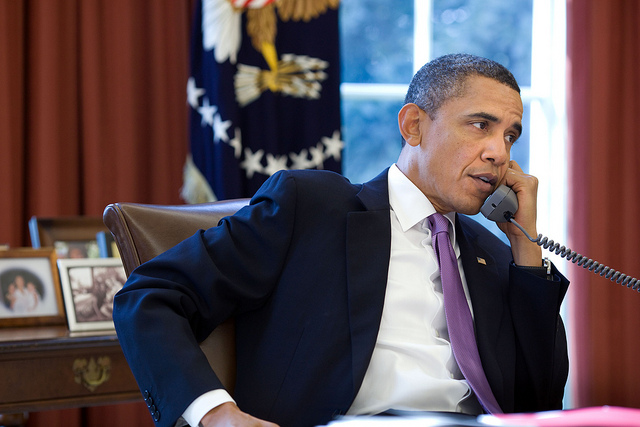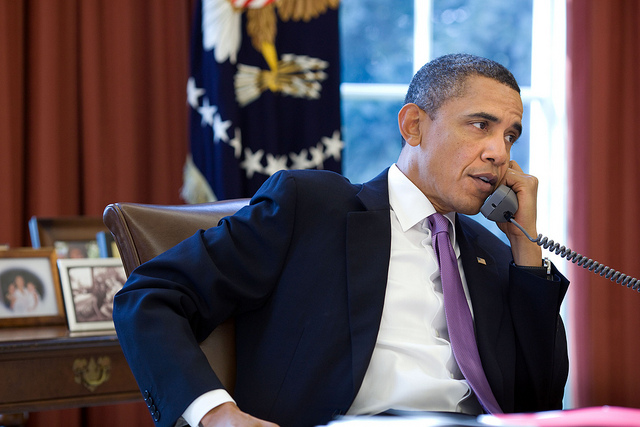 Obama’s executive order adds “human dignity” and “fairness” to the list of considerations.Photo: The White HouseThe recent Obama executive order on regulation encourages agencies to examine “values that are difficult or impossible to quantify, including equity, human dignity, fairness, and distributive impacts.”
Obama’s executive order adds “human dignity” and “fairness” to the list of considerations.Photo: The White HouseThe recent Obama executive order on regulation encourages agencies to examine “values that are difficult or impossible to quantify, including equity, human dignity, fairness, and distributive impacts.”
This is a significantly positive element in a move that has been derided as an “unforced fumble” for its concession of rhetorical ground to industry.
The Obama order, as has been noted, is one in a long line of executive orders requiring review of agency action using cost-benefit analysis. Initiated under Reagan, the process initially looked only at economic efficiency, remaining insensitive to how benefits and burdens were distributed.
So if a regulation generated a large economic benefit for very wealthy people, but caused lower income earners to suffer disproportionately, it could be approved. At the same time, a rule that would help lift people out of poverty, but placed a larger burden on corporate profits, could be turned down.
This insensitivity to distribution was one of the main reasons that progressives fought against the use of cost-benefit analysis under Reagan. When Bill Clinton took office, he kept the same basic structure in place, but added distribution and equity to the list of net benefits that agencies were to maximize.
Unfortunately, as a practical matter, under Clinton and continuing under George W. Bush, distributional impacts have continued to take a back seat to purely economic considerations.
Obama, in his order, places greater emphasis on distribution by treating it as a separate set of factors to consider in addition to traditional costs and benefits, and adds “human dignity” and “fairness” to that list of considerations. If agencies follow-up on this requirement, it could mean big changes for how review of agency rulemakings is done.
To wit, countries with sophisticated regulatory systems like Great Britain use “equity weighting” to give additional consideration to the most vulnerable members of society. There, social programs that help low-income children stay in school, or control pollution in low-income communities, get an added lift from this type of analysis. Programs that caused severe job losses in distressed areas demand reform — perhaps by incorporating job retraining or economic redevelopment to help cushion the blow.
That’s how this new element could work on this side of the pond.
Interestingly, the stronger distributional analysis required by the president’s new executive order could also be a nod to the work of the EPA and Administrator Lisa Jackson, who are trying to better incorporate environmental justice into rulemaking. Last year, cabinet secretaries participated in a historic White House forum on the topic and the EPA released both rulemaking guidance on environmental justice and plan EJ 2014 — a roadmap for integrating environmental justice into all of the EPA’s programs.
The work of environmental justice advocates centers on human dignity and fairness, as low-income and minority populations are significantly affected by pollution from power plants and other undesirable facilities. Accounting for human dignity and fairness could mean that prior to implementing policy, agencies would examine how a proposed regulation may impact already vulnerable communities.
Of course, it is not clear how this new focus on distribution, dignity, and fairness in regulation will play out. It could be transformative, or it could be a dead end. That will depend on how effectively advocates take the president’s message to agencies and show them how they can put his words into practice.



